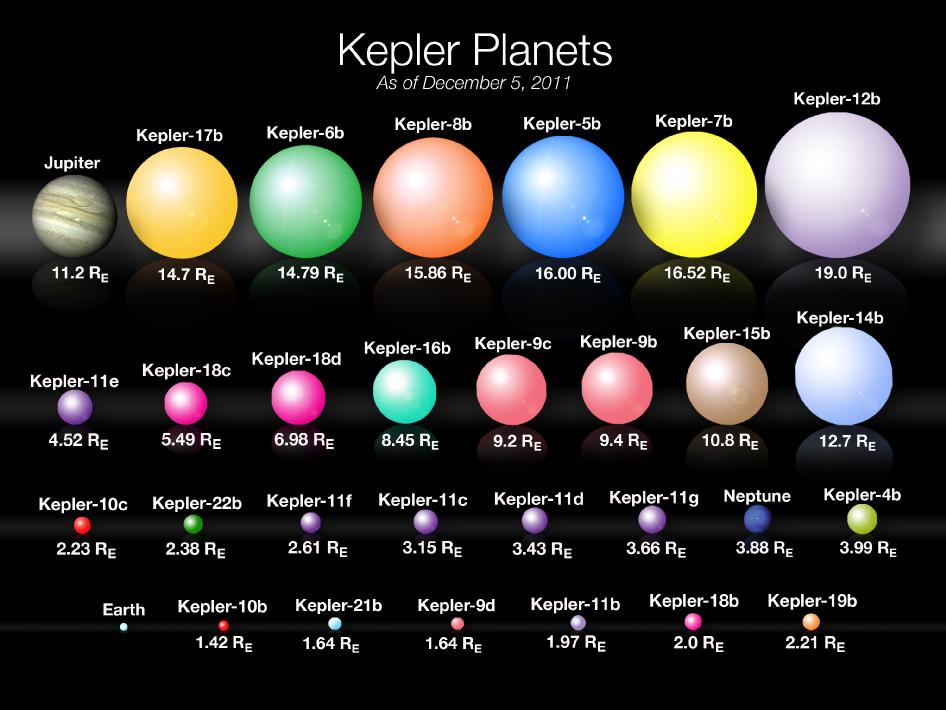A planet roughly the same size and with the same composition as the Earth has been  discovered orbiting a distant star.
discovered orbiting a distant star.
Since 1995, when the first so-called "exoplanet" was discovered orbiting a star other than our own Sun, a further 999 similar bodies have now been documented.
But, owing to the difficulty intrinsic to finding them - which involves laboriously looking for minute wobbles or dips in a star's light as the planet orbits - most of the logged exoplanets are enormous Jupiter-sized objects.
Now, two papers in Nature have produced one of the most exciting results yet: the confirmation of a planet that's about the same size and about the same density as Earth.
Unfortunately, that's where the similarities end, because this planet, Kepler 78b, is orbiting 100 times closer to its host star than we do, so its surface is at a sizzling 3000 degrees Celsius.
At these temperatures, there's no prospect for life or much of an atmosphere. But what's key is that the approaches taken by Andrew Howard and his colleagues at the University of Hawaii at Manoa, and Francisco Pepe and his team from the University of Geneva, prove that Earth-scale planets can be found. And, by careful monitoring of the way that the light coming from the host star is eclipsed, and also stretched and shrunk by the orbiting planet's gravity, accurate estimations of the planet's size and mass can be made.
Every 8.5 hours, corresponding to one orbital period, the team found that the intensity of the light dropped by 0.02% as the planet passed in front of the star.
The measurements presented by the two teams agree that Kepler 78b weighs the equivalent of about 1.86 Earths and is about the same diameter as our own planet.
The density is about 5.5g per centimetre-cubed, nearly the same as Earth, and consistent with a composition of 20% iron, 80% rock.
This finding makes it "the smallest exoplanet yet for which the mass and radius are known."
Although the surface conditions are hotter than a furnace, the existence of Kepler-78b shows that, at the very least, extrasolar planets of Earth-like composition are not rare.
To find more of them, NASA is preparing TESS - the Transiting Exoplanet Survey Satellite - which will spot promising candidates for closer inspection by Hubble's successor, the James Webb telescope, earmarked for launch in 2018...
References
- Previous Tail wags the dog
- Next What do you need to make a firework?










Comments
Add a comment